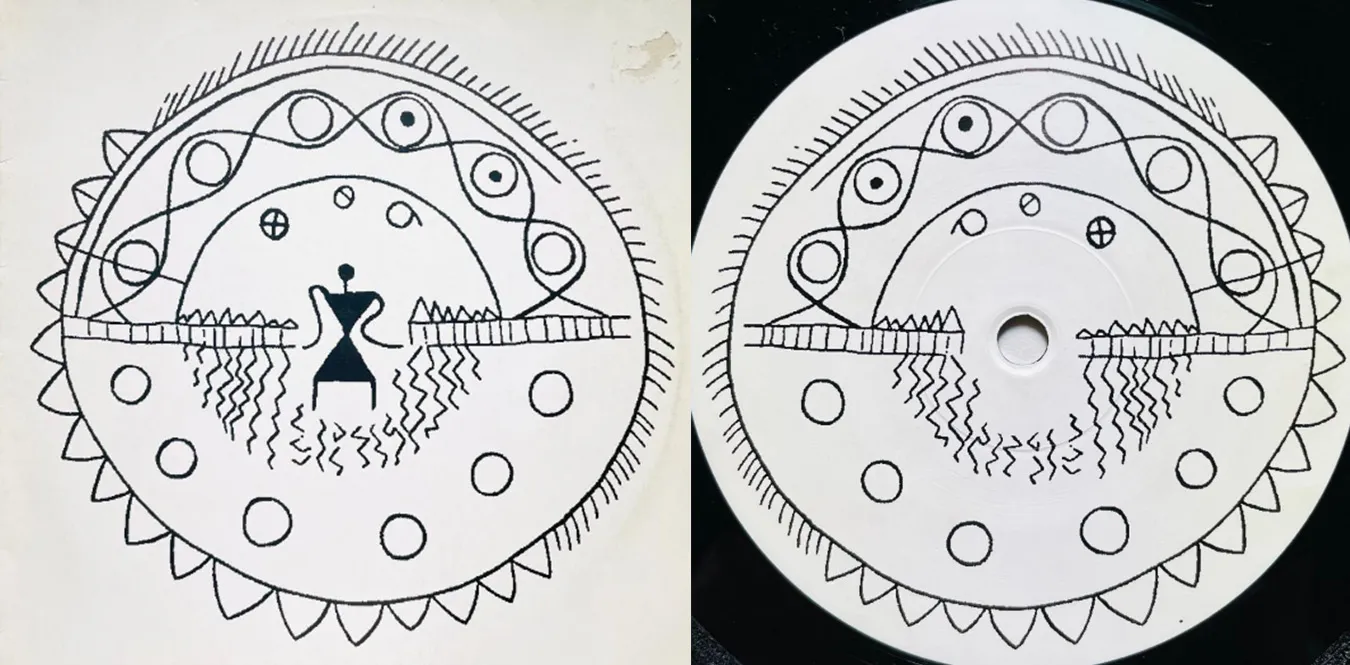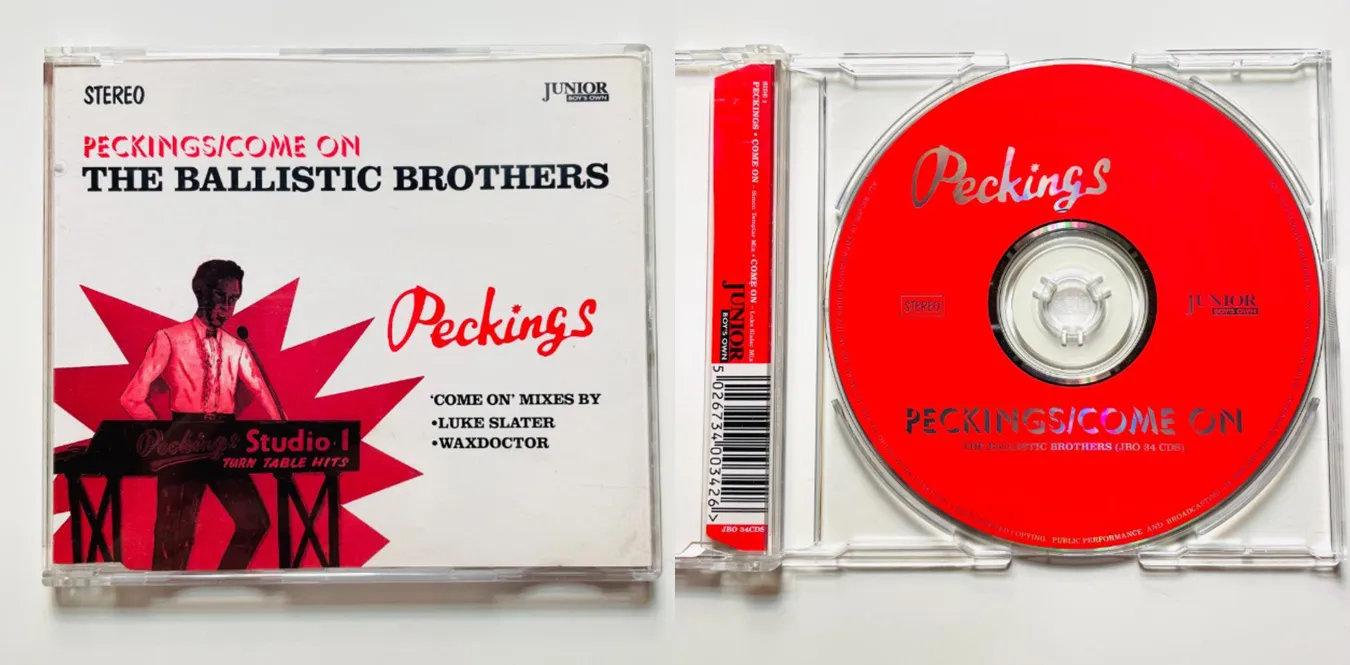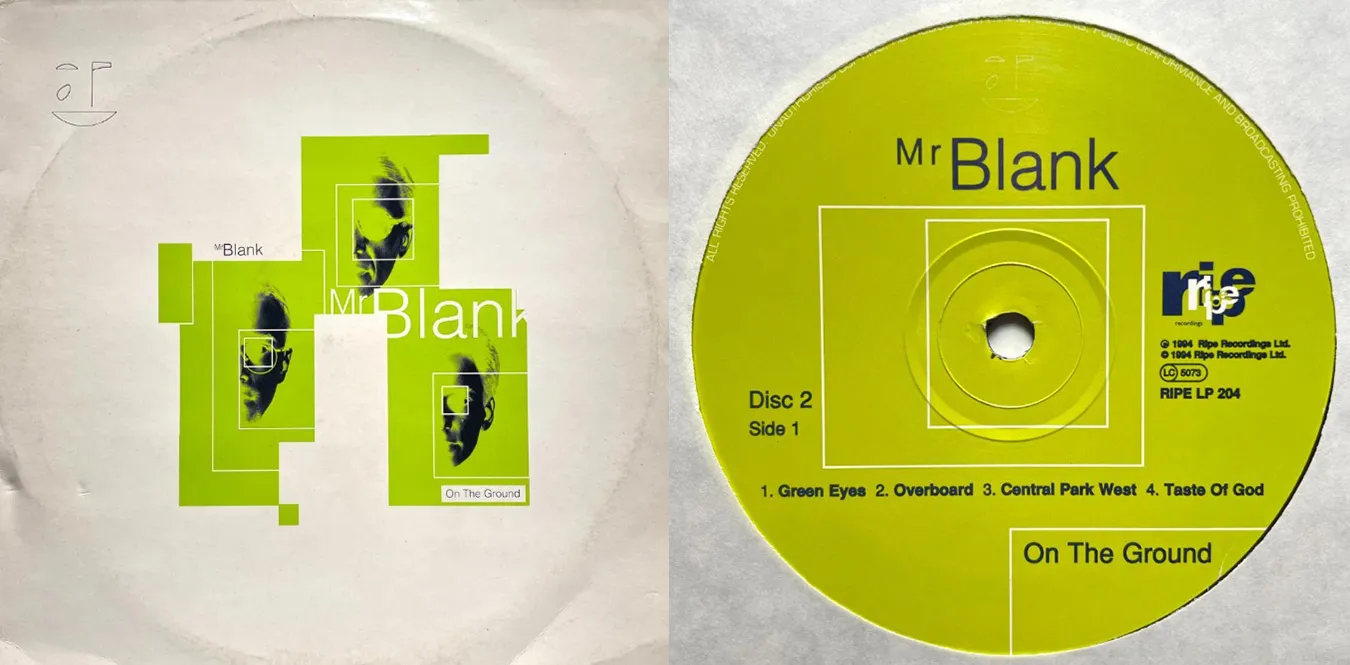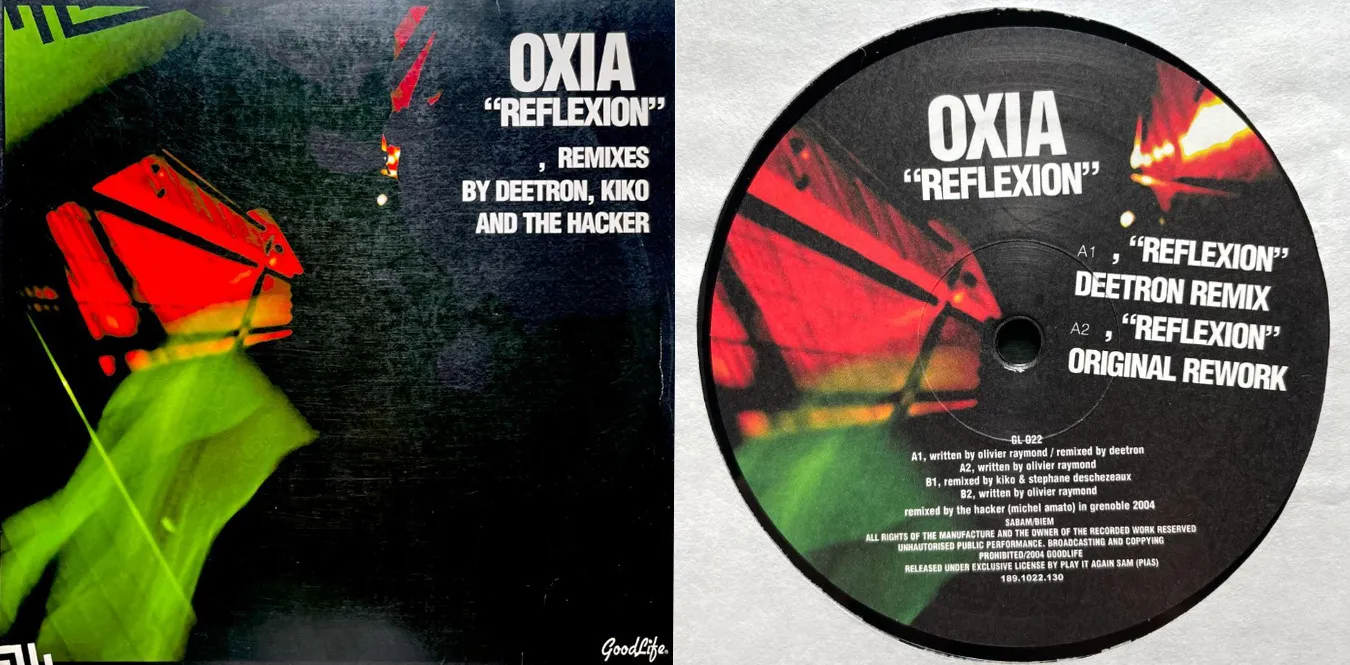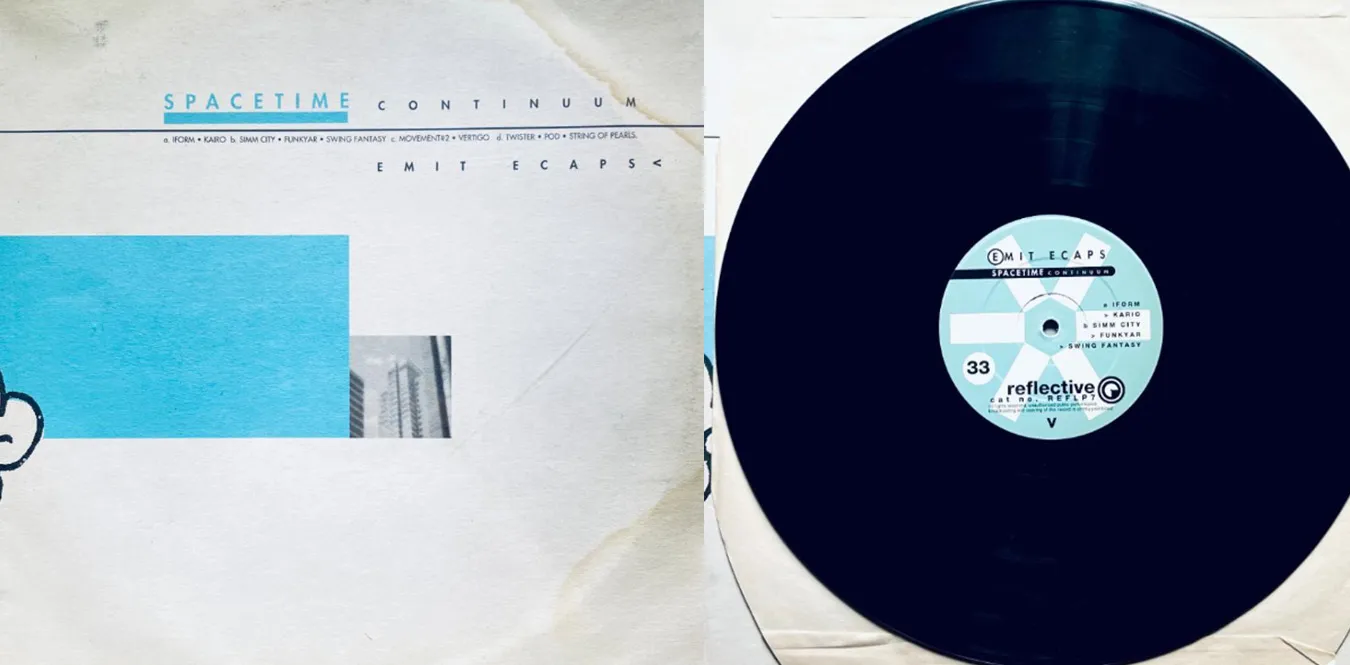[Column] The birth of DUB music and the expanded universe - a revolution that began with the reconstruction of acoustics
Column en Ambient Dub SoundSystem Techno UK Dub![[Column] The birth of DUB music and the expanded universe - a revolution that began with the reconstruction of acoustics](/../assets/images/column-dub-universe.webp)
Prologue: A revolution born from the “reverberation” of sound
Text: mmr|Theme: From Jamaican sound system culture to Lee “Scratch” Perry, King Tubby, and its inheritance in UK dub and contemporary electronic music
In the early 1970s, in the midst of the sound system culture of Kingston, Jamaica, An unprecedented method of reconstructing pre-recorded songs was born. Its name is –DUB.
Remove the vocals from an existing song, leaving only the rhythm and bass, Play the space itself by making full use of echo and reverb. This innovation was not just a “remix” but a redefinition of music.
This dub idea later became hip-hop, techno, ambient, noise, It would even have an impact on modern remix culture. In this article, we will trace its origin from its origins to the present day. Interpreting dub as a ““thought to reconstruct acoustics.’’
Chapter 1: Nights in Kingston - The birth of sound system culture
In the late 1950s and early 1960s, sound systems (mobile DJ equipment) on street corners were popular in Jamaica. It was a center of entertainment for people. Ska, rocksteady, and reggae played from giant speakers. Competing for this is a group of DJs called Sound Crew.
In the recording studio, an instrumental track is recorded as the B-side (Version) of a popular song. The DJ excited the audience by singing toasts (narration by the MC) on the microphone. This is also the prototype of later rap/hip-hop culture.
Recording engineers at the time thought that this version was not just a byproduct; It began to be used as a acoustic testing ground. The most radical of these was King Tubby.
Chapter 2: King Tubby - Alchemist of the Mixer Table
King Tubby (real name: Osbourne Ruddock) is an electrical engineer. In his hands, the mixer table played like a musical instrument. He improvised the faders, Spatial arrangement of reverb and delay, Created a live dub mix that reconstructs songs in real time.
“I create a space within my songs. That’s where my soul resonates.” ― King Tubby
His works make you feel the expansion and contraction of time in the repetition of rhythm. The “silence” that can be heard between reverberations was the core of his music.
From Tubby’s studio, later Prince Jammy (later King Jammy), Produced by Scientist, Errol Thompson, etc. They were behind the scenes of Jamaican music in the 1970s.
Chapter 3: Lee “Scratch” Perry – The Black Ark of Chaos and Creation
If Tubby is a “precise laboratory”, Lee “Scratch” Perry”s Black Ark Studio was a “magical laboratory.” Tape echoes, buckets of water, smoke, and impromptu screams. Perry places sound between the natural and the supernatural. He gave reggae a mythical and cosmic dimension.
“There’s a spirit living inside the machine. I just listen to the voice and mix it. “ ― Lee “Scratch” Perry
His masterpiece, The Upsetters ““Super Ape’’ (1976), is It’s a “sound jungle” where the gravity of bass and the fog of reverb intertwine. The Black Ark was destroyed in a fire in 1979. The legend spread to all parts of the world, including the UK.
Chapter 4: UK Dub – Diaspora and Sonic Reconstruction
In the late 1970s, by people who immigrated from Jamaica, Dove’s ideas spread to London, Bristol and Birmingham. In this vein, On-U Sound led by Adrian Sherwood appeared. He combines the chaos of Perry with the sophistication of Tubby, They created a more industrial and abstract ““UK dub.’’
Works such as African Head Charge, Dub Syndicate, New Age Steppers, It will be a place where Jamaican spiritual roots and European post-punk spirit intersect.
Around the same time, Mad Professor’s Ariwa Studio also opened in south London. His Dub Me Crazy series was a sonic adventure between technology and fantasy.
Chapter 5: Techno, Ambient, and Modern “DUB Thinking”
Since the 1990s, dub’s influences have been techno, ambient, drum and bass, Furthermore, it has also permeated hip-hop remix culture.
In Berlin, Basic Channel (Moritz von Oswald & Mark Ernestus) appears. They spatially processed rhythmic particles and established dub techno. Its successors include Deepchord, Rhythm & Sound, and Echospace.
In the ambient field, The Orb, Bill Laswell, Kode9, Burial and others He continued to explore the dub-like space. Burial’s “Untrue” (2007) It can truly be called a lonely dub of the post-digital era.
Chapter 6: Dub Philosophy - “Lack” and “Regeneration”
The essence of dubbing is not simply applying effects. The idea is to create a new space by cutting down on the sound. It is the aesthetics of lack and the idea of reproduction.
- Giving meaning to the “margins” of sound.
- Use technology as “improvisational expression”.
- Redefining “original” in the process of reproduction.
This kind of dub-like thinking is also common to modern AI music generation and remix culture. The act of “editing” and “recomposing” the sound itself is It is the basis of creative acts in the 21st century.
Chronology: Trajectory of dub evolution
Diagram: Structure of Dove thinking
Conclusion: All sounds are mixed together again
Dub is a methodology, not a genre of music. It is a device for reconstructing time and space. The revolution began on the streets of Jamaica. It continues today in clubs, labs, and in your earphones around the world.
“All sounds go back somewhere.”
- Spirit of Dub
Reference discography
| Artist | Representative works | Year | Links |
|---|---|---|---|
| King Tubby | Dub from the Roots | 1974 | Amazon |
| Lee “Scratch” Perry | Super Ape | 1976 | Amazon |
| Scientist | Scientist Rids the World of the Evil Curse of the Vampires | 1981 | Amazon |
| Basic Channel | BCD | 1993 | Amazon |
| Burial | Untrue | 2007 | Amazon |

![[Column] Basic Channel──The origin of Berlin dub techno](/../assets/images/column-basic-channel.webp)
![[Column] Recondite and forest bathing - When techno returns to the forest](/../assets/images/column-recondite-forest.webp)
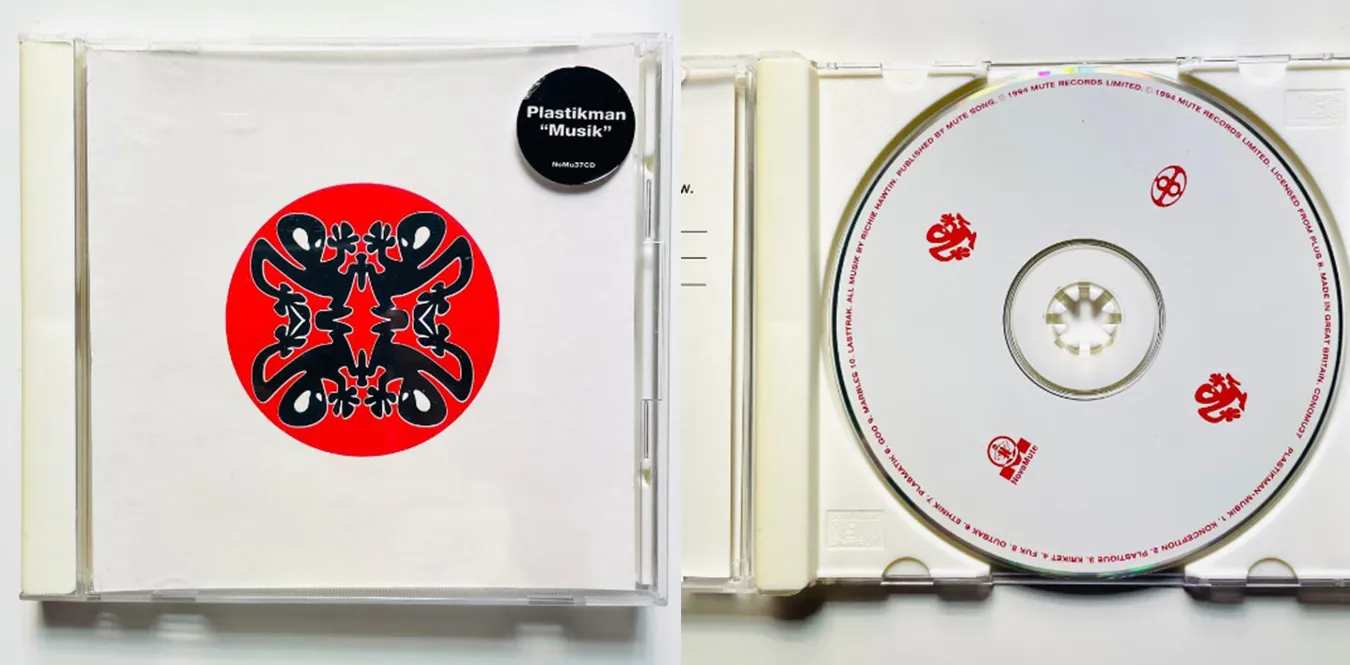
![[Column] Susumu Yokota — A universe in silence: A landscape of the soul drawn by electronic sounds](/../assets/images/column-susumu-yokota.webp)
![[Column] Autechre: Beyond structure — Acoustic architecture after techno](/../assets/images/column-autechre.webp)
![[Column] Haruomi Hosono - Traveler of sound, quiet innovation that transcends the times](/../assets/images/column-haruomi-hosono.webp)
![[Column] Changes in the Eurorack modular synthesizer and its influence on the music scene](/../assets/images/column-eurorack-module.webp)
